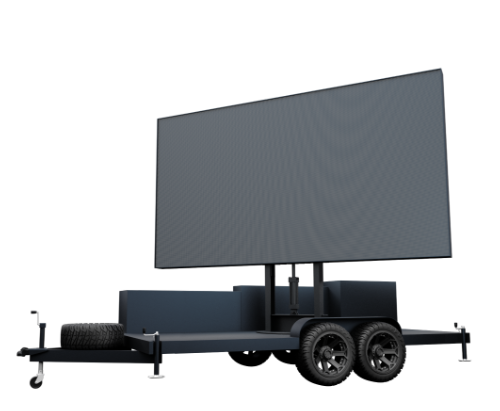Perfecting Hue Accuracy in Light Emitting Diode Wall Adjustment for Breathtaking Visual Presentations
Hue accuracy is essential for creating stunning graphic displays, particularly when using LED screens. These massive screens are frequently found in locations like music venues, athletic arenas, and promotional billboards. When the hues on an LED wall are not accurate, the images can look dull or warped, which can impact the overall experience for viewers. Therefore, mastering color precision in LED screen tuning is crucial for achieving lively and realistic visuals.The first step in guaranteeing color precision is comprehending how LED systems works. LEDs, or light-producing diodes, produce light in multiple colors by mixing red, green, and blue (RGB) light. Each dot on an LED screen consists of these three colors. When calibrated properly, the combination of RGB can create a wide range of colors. However, if one hue is too intense or too faint, it can throw off the entire display. This is why calibration is necessary to equalize the hues and reach the desired visual result.
Calibration entails adjusting the settings of the LED screen to make sure that the colors shown correspond the how to calibrate led walls original material as nearby as possible. This process usually involves using specialized software and hardware instruments. Technicians often use color assessment devices, such as spectrophotometers, to examine the colors being shown. By comparing the measured colors to standard color standards, they can make precise modifications. This ensures that the hues are not only vibrant but also uniform across the entire screen.
Another crucial aspect of color precision is understanding the surroundings in which the LED wall is employed. Factors such as surrounding light can significantly affect how colors look. For example, a brightly illuminated room may fade hues, making them look less lively. To mitigate this, technicians may modify the brightness and contrast settings of the LED wall. Additionally, they may select specific color profiles that are better appropriate for various lighting environments. This adaptability helps preserve color accuracy regardless of the observing surroundings.

Finally, regular maintenance and recalibration are crucial for maintaining an LED wall looking its best. Over time, the functionality of LEDs can alter due to factors like aging and heat fluctuations. Regular checks and adjustments can help ensure that the hues stay correct and vibrant. By investing time in appropriate calibration and maintenance, venues can offer viewers with stunning visual presentations that improve their overall impression. Mastering color accuracy in LED wall tuning is not just a mechanical task; it is an expertise that adds to the magic of graphic narration.